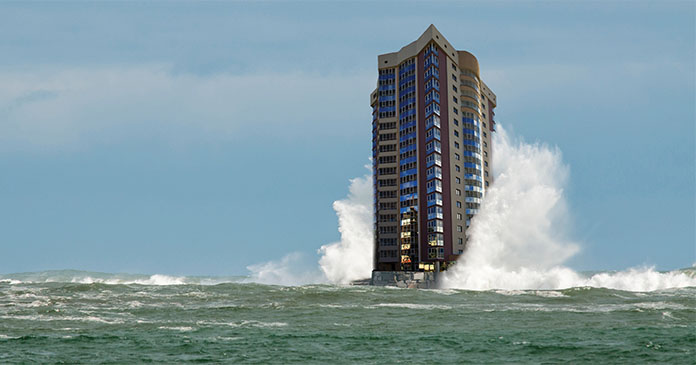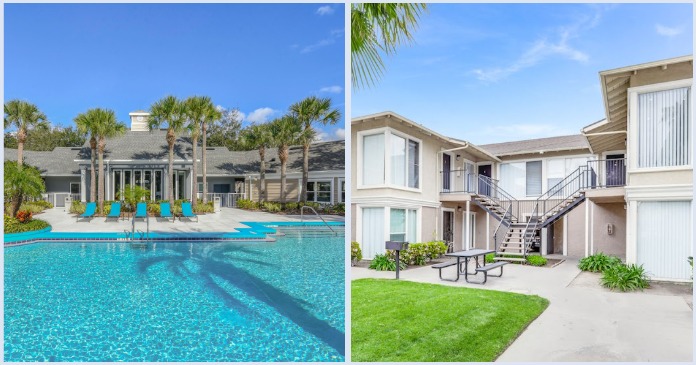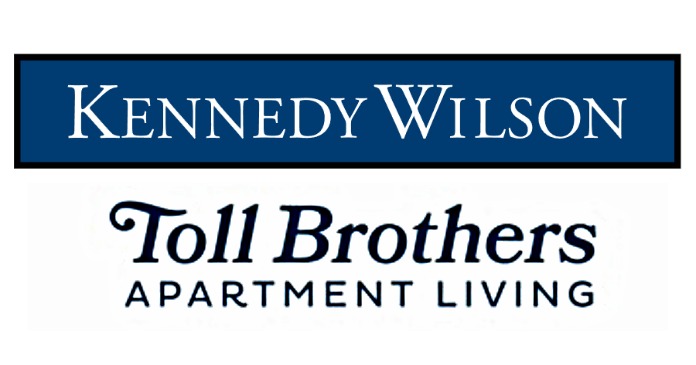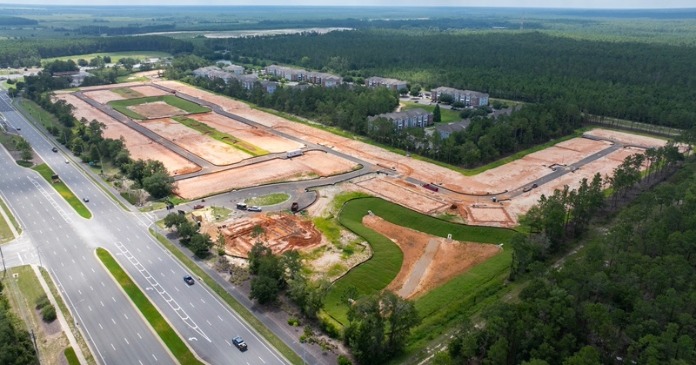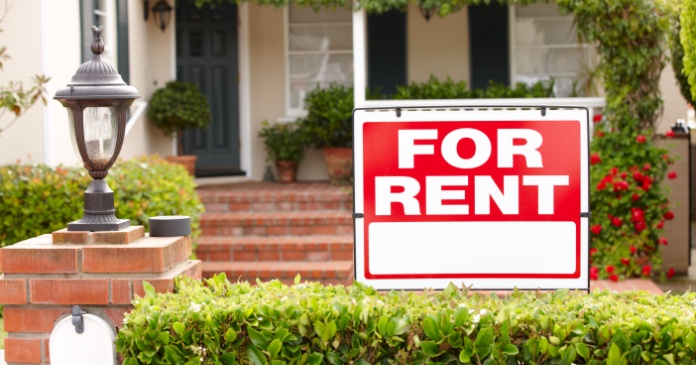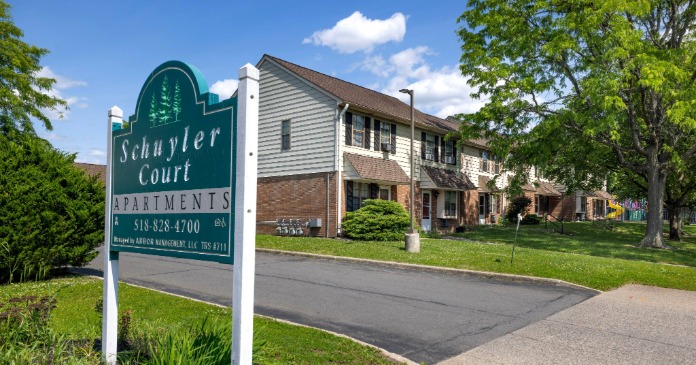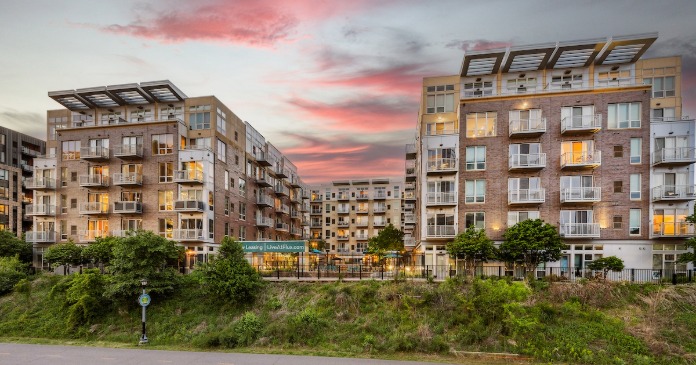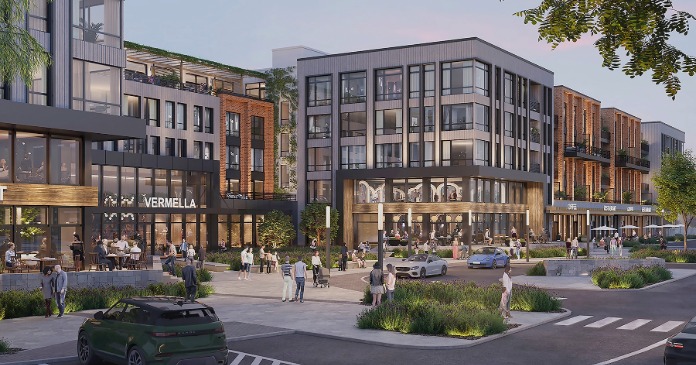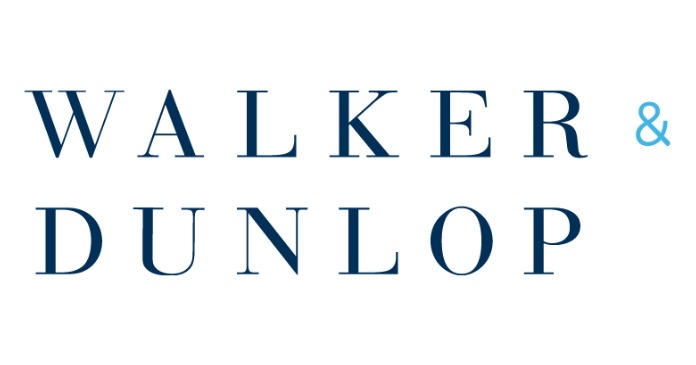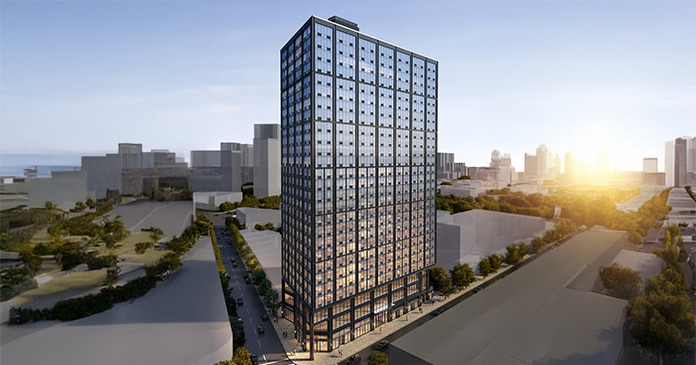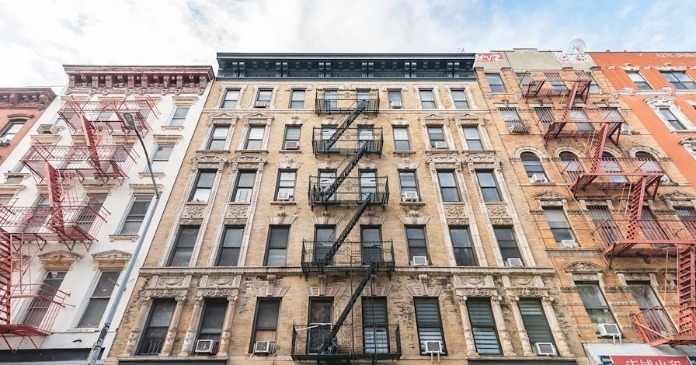With such an eventful year coming to end, it’s difficult to know where to begin. The knock-on effects of the global pandemic we still find ourselves in have reverberated throughout the global economy, including the multifamily sector.
The 2020 impact on multifamily investors has both its positives and negatives. Although this sector held up very well compared to others—such as hospitality and retail—those holding assets in Class A urban centers are seeing higher vacancy rates and dropping values. What follows is a year in review for multifamily investors: the good, the bad, and what to look for heading into 2021.
Multifamily in a pandemic: Resilient
Nothing like a pandemic to stress test your multifamily portfolio. The biggest concern throughout 2020 was the nonpayment of rents due to mass employment disruption. The argument went that this could lead to significant losses for landlords and potentially flood the market with distressed assets, perhaps even force foreclosures.
It didn’t play out like this, at least not yet.
According to the Mortgage Bankers Association, delinquency rates for multifamily remained low despite the economic downturn as a result of COVID-19. Specifically, 98.3 percent of apartment loans were current as of August 2020, up from 98.1 percent in July.
Rents also remained relatively stable despite dire warnings that we’d see mass rent strikes and non-payments.
The National Multifamily Housing Council kept close tabs on rents throughout 2020. Despite a major workforce disruption, it was reported that multifamily rents only saw slight decreases compared to 2019:
- May: 96.6 percent rent collected in 2019, versus 95.1 percent in 2020.
- June: 96.0 percent rent collected in both 2019, versus 95.9 in 2020
- July: 96.6 percent rent collected in 2019, versus 95.7 percent in 2020
- August: 95.8 percent rent collected in 2019, versus 94.5 percent in 2020
- September: 95.5 percent rent collected in 2019, versus 94.6 percent in 2020
- October: 96.6 percent rent collected in 2019, versus 94.8 percent in 2020.
- November: 95.2 percent rent collected in 2019, versus 93.6 percent in 2020
All of this points to the resiliency of this sector. Multifamily assets that aren’t over-leveraged and have a strong and engaged tenant base fared well throughout 2020 despite the significant economic headwinds brought on by the pandemic. Look for this resiliency to last throughout 2021 and even help buoy any forthcoming economic recovery.
Multifamily in 2020: Key data
We also have a number of information data points to consider when looking back at the multifamily asset class in 2020.
Sentiment: The National Association of Homebuilders recently released their sentiment report showing an increase between Q1 and Q2, but still in the negative territory.
According to Barry Kahn, chairman of NAHB’s Multifamily Council, “Confidence among multifamily builders and developers increased in the second quarter, but it’s still below where we were before the pandemic hit.”
Vacancy rates: According to the St Louis Federal Reserve, rental vacancy rates have actually dropped throughout 2020, from 6.6 percent in Q1 to 5.7 percent in Q2. However, vacancy rates are rising in high-rent urban neighborhoods.
Turnover: According to CBRE, the percentage of rented units not renewed fell from 47.5 percent in 2019 to 42.1 percent in April 2020. This is the lowest level in over two decades. This reduction in turnover can be partly attributed to COVID restrictions.
Work-from-home impact
A big story throughout 2020 was the debate between urban and suburban living. Will renters now prefer smaller towns and suburban settings over city centers? COVID-19 certainly forced many to rethink where they live for three primary reasons: space, cost, and the ability to work remotely. Major employers such as Microsoft, Shopify, Facebook, to name only a few, encouraged remote work with new policies, some indefinitely.
All of these trends contributed to an increased interest in suburban and small-town settings. For multifamily assets located in densely populated areas and metros, this was a headwind that saw increased vacancies and flat or dropping rent prices.
According to RealPage, rents in San Francisco, San Jose, and New York City, for instance, dropped 11 percent, 10 percent, and 8 percent respectively.
Although challenging for some landlords, this presented an opportunity for many who own multifamily assets in secondary and tertiary markets.
Evictions
Top of mind for many multifamily investors was the impact of nationwide eviction bans on their revenue. Economic vacancy is a cash flow killer, which could place many multifamily landlords in a mortgage default position. This is why we saw the rise of mortgage forbearance.
In September, the White House issued an executive order that allowed the Centers for Disease Control to halt evictions until December 31, 2020. Lawsuits were filed by landlords and landlord organizations in opposition, and the legal battle is still ongoing, as is the eviction ban.
Multifamily construction
Apartment construction hit a 5-year low throughout the summer of 2020. Indeed, new construction will remain a major headwind throughout the coming year. Labor and material shortages are driving up costs dramatically for builders.
For instance, according to NAHB, the price per thousand board feet for lumber jumped from under $400 at the beginning of the year to a peak of over $900 in September. That was a major price increase for builders, who were having trouble getting their hands on it in the first place.
This, coupled with overall pandemic restrictions, is why we’ve seen construction slow significantly throughout 2020. This has reduced supply, which typically buoys overall multifamily asset prices.

A strategic look into 2021
It has certainly been an eventful year. Stay-at-home orders and remote work policies forced tenants to rethink their chosen living location, labor and material shortage has slowed new multifamily construction considerably, and eviction bans are still ongoing and top of mind for landlords.
Given the current opportunities and threats to the multifamily sector, here are a few things to keep in mind as we close off 2020 and head into the new year:
The adoption of technology and smart-home solutions in multifamily will be more pronounced given the emphasis on social distancing and cleanliness.
Low interest rates and multifamily supply will keep prices at the very least flat and will continue to make this asset class a desirable one for investors.
Amidst continued economic uncertainty heading into 2021, expect affordable options to be in higher demand, such as Class B and dedicated affordable housing stock. Also look for more incentives to be leveled at developers seeking to create this housing stock.
Income and racial inequality will become more of a public policy issue in 2021.
Expect migration trends to be a hot topic in 2021, seeing whether or not the move from urban to suburban and small town is a temporary or more permanent trend.
If shutdowns continue, expect there to be greater pain in the multifamily market as prolonged unemployment will put further downward pressure on rents, including nonpayments.
Tighter lending on the horizon
As banks prepare for a drawn-out recovery, expect to spend more time on your financing paperwork.
Real estate generally, but particularly multifamily, will remain a resilient asset class throughout 2021 and will attract investors who are looking to hedge their bets against record-high equities markets.
Certain subsectors of multifamily, primarily student, senior, and luxury rentals, will face greater headwinds in 2021 than traditional long-term Class B assets.
Excerpt Brad Cartier, real estate investor


